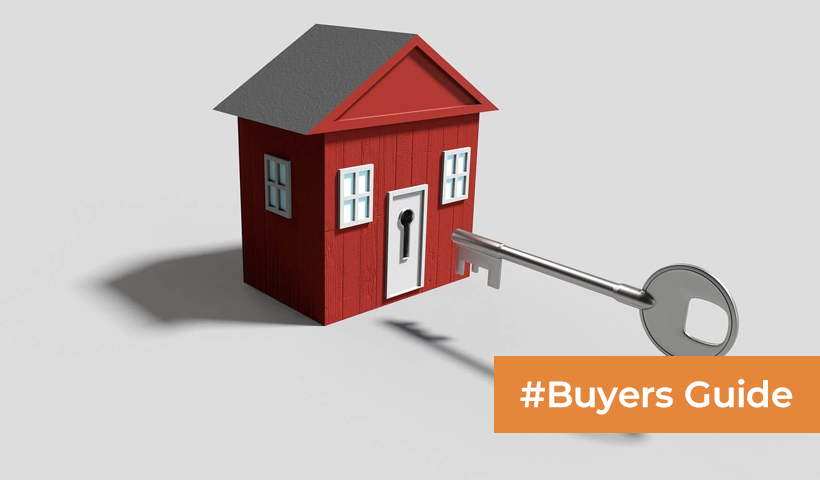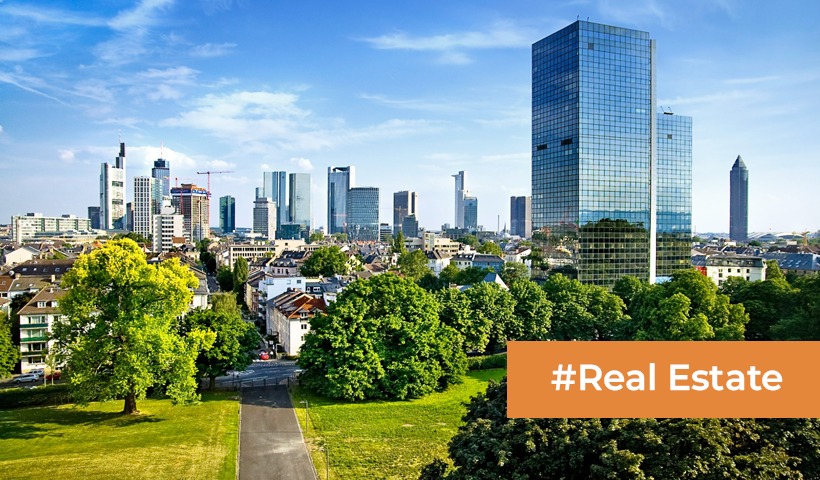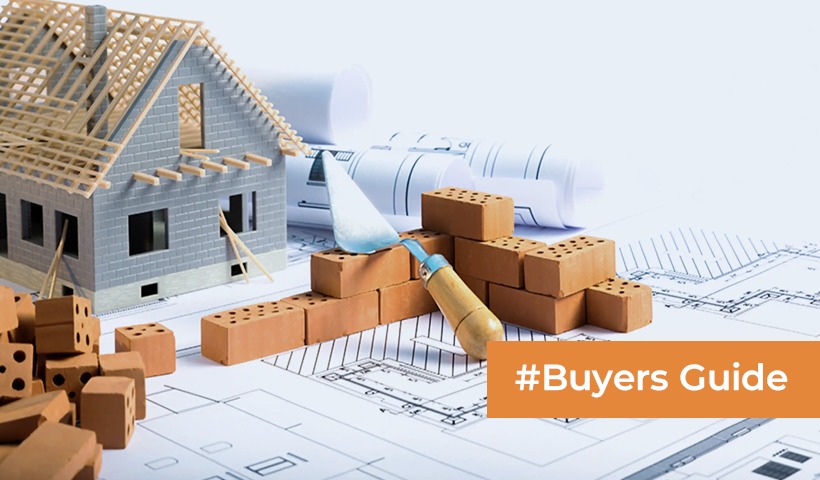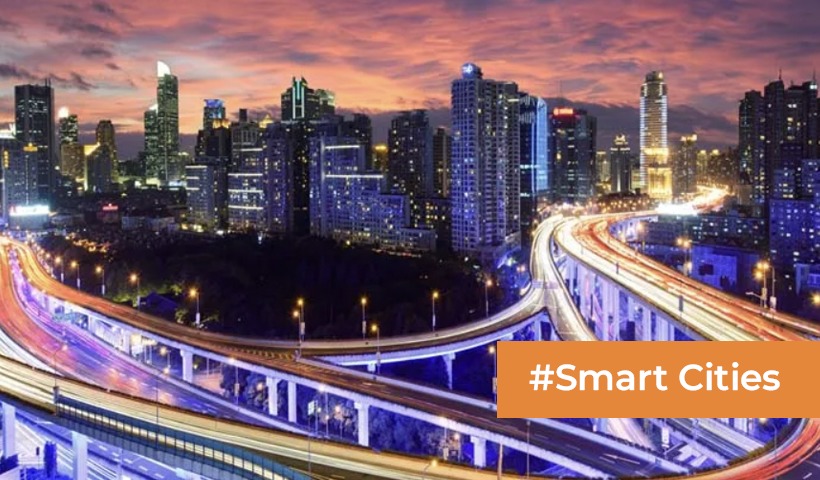Investing in Green Spaces: The Future of Indian Real Estate!
Introduction:
In the ever-evolving landscape of real estate, sustainability has emerged as a pivotal factor influencing investment decisions. The discerning home and office seekers of today prioritize net-zero carbon measures, health and well-being, and socio-environmental consciousness when choosing their spaces. This shift aligns seamlessly with the global call to address environmental challenges, as highlighted in the “Emissions Gap Report 2022: The Closing Window” by the UNEP, which emphasizes the role of the built environment in greenhouse gas emissions.
India’s real estate sector, poised to contribute 13% to the GDP by 2025 and aiming to become a $1 trillion market by 2030, has a significant role to play in this sustainable transition. With more than half of India’s 2030 building stock yet to be constructed, there is ample opportunity and compelling reasons to ensure that this upcoming wave of construction is environmentally responsible.
India’s Green Real Estate Movement:
Leading real estate developers in India are actively embracing sustainability, focusing on both asset performance and customer well-being. Projects are designed with meticulous attention to air quality, water conservation, natural light, and overall comfort to provide residents with a holistic living experience—physically, mentally, and emotionally.
A key aspect of this movement is the integration of environmentally friendly materials during construction, coupled with a commitment to utilizing renewable energy throughout a building’s lifecycle. Circular concepts such as “reduce, reuse, and recycle” are gaining prominence, further emphasizing the industry’s dedication to responsible construction practices. Developers are increasingly seeking green certifications and platforms to augment their sustainability efforts.
Environmental and Economic Benefits:
Green certifications, such as LEED (Leadership in Energy and Environmental Design), bring tangible benefits to both the environment and project stakeholders. Buildings constructed according to LEED standards exhibit significantly lower environmental impact compared to conventional structures. These eco-friendly structures contribute to the reduction of carbon dioxide emissions, optimize energy and water consumption, minimize waste generation, and excel in energy performance metrics.
From an economic perspective, properties with high sustainability ratings are attracting investors, lenders, and fund managers. Sustainable projects underscore a developer’s commitment to Environmental, Social, and Governance (ESG) principles, a critical consideration in today’s real estate landscape. Analyzing LEED-certified buildings delivered between 2010 and 2020 reveals consistent advantages, including higher rental yields and lower vacancy rates compared to non-certified spaces.
Returns on Investment in Green Spaces:
Investing in green real estate proves financially rewarding in various ways. Green-certified projects, whether homes or commercial spaces, command higher selling prices and rental values. Additionally, these projects often qualify for rebates on property taxes, contributing to cost savings for both owners and tenants.
Beyond financial returns, the appeal of green spaces lies in the promise of better health and well-being for occupants. Sustainable features contribute to reduced energy and water consumption, translating into lower utility bills. The maintenance costs of green-certified properties are also typically lower, enhancing their overall attractiveness to value-conscious consumers and corporations.
Sustainable Architecture as the Driving Force:
Given that the construction industry is responsible for a substantial 19% of greenhouse gas emissions, the adoption of Sustainable Architecture has become imperative. Real estate leaders are championing environmentally conscious practices, advocating for the use of eco-friendly construction materials, renewable energy sources, and embracing the 3Rs principles (reduce, reuse, recycle). The integration of electric vehicle (EV) stations and the utilization of the latest technological advancements further enhance the energy efficiency of projects.
Conclusion:
The surge in India’s green real estate movement signifies a paradigm shift towards sustainable living and responsible development. As investors, developers, and consumers align their priorities with environmental consciousness, the future of Indian real estate looks promising. Investing in green spaces not only safeguards the planet but also promises robust returns on investment, making it a win-win for both stakeholders and the environment.
Disclaimer: The views expressed above are for informational purposes only based on industry reports and related news stories. PropertyPistol does not guarantee the accuracy, completeness, or reliability of the information and shall not be held responsible for any action taken based on the published information.




